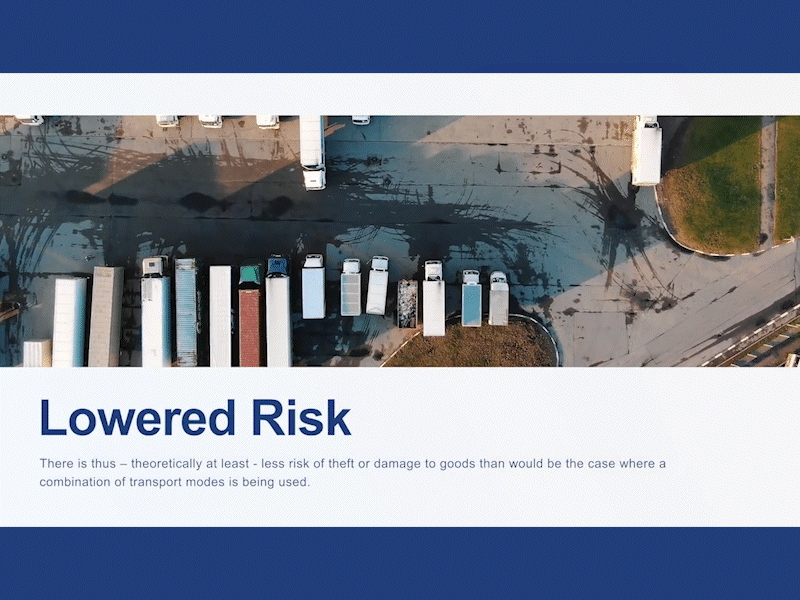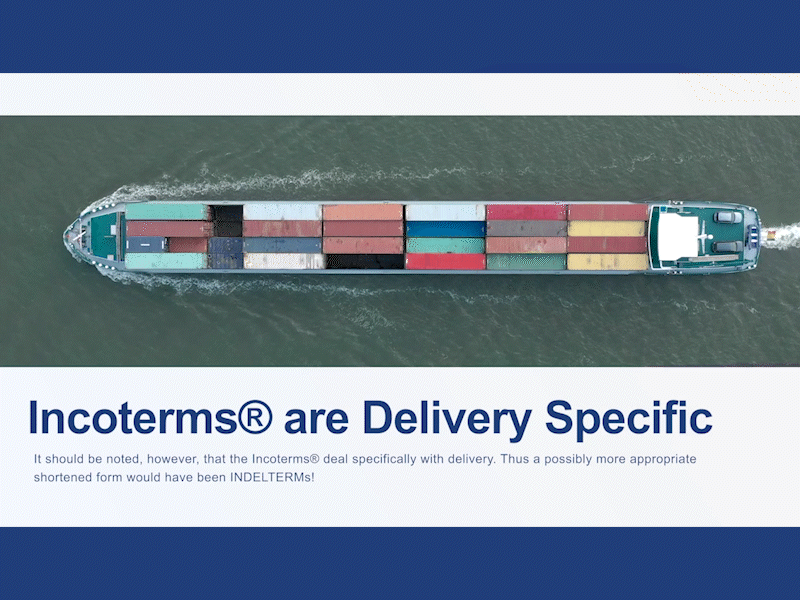Welcome to Course 6:
Export Financial Issues
This is the sixth free comprehensive course covering the export financial issues.
The sixth course is focused on providing learners with a comprehensive understanding on the global exporting and trading environment and the potential financial issues that affect it. From financing an export drive to export credit insurance. We also cover potential currency exchange issues and the costing of exports from a holistic perspective.
~2-3 hours |
4 Modules

Modules within this Course
There are 4 Modules within our Export Financial Issues Course. Click on any module below for more information on that module and sign up for our LMS HERE to begin the course.
Learning Outcomes for Course 6: Export Financial Issues
Export Foundation Training
The first course is focused on providing learners with a grasp on the global exporting and trading environment. From why countries trade and your own company’s export readiness to trading locs, trade barriers and Incoterms. After completing the full export foundation course you should have a good idea of whether or not your company is export ready, what to look out for and what to work on to ensure that you are able to export their products and/or services effectively.










